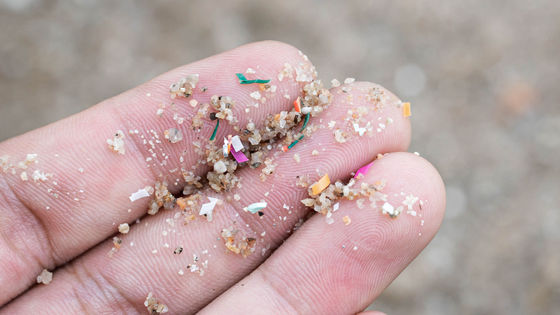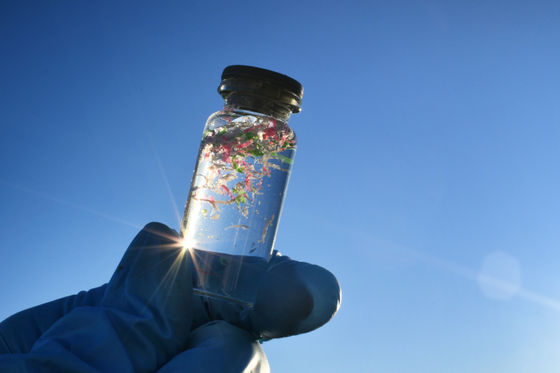Research suggests that concentrations of microplastics in the human brain may be rising rapidly

Results from dozens of autopsies performed between 1997 and 2024 have revealed an increasing trend in micro- and nanoplastics in brain tissue.
Bioaccumulation of microplastics in declining human brains | Nature Medicine
Levels of microplastics in human brains may be rapidly rising, study suggests | Plastics | The Guardian
https://www.theguardian.com/environment/2025/feb/03/levels-of-microplastics-in-human-brains-may-be-rapidly-rising-study-suggests
Microplastics, plastic waste with a diameter of 5 mm or less, are found in food and other foods and are known to enter the humanbloodstream , intestines , testicles , etc. It has been shown that the intestines can be damaged depending on the concentration of plastic particles, and several researchers are investigating the effects of microplastics on the human body.
Finally, the danger of microplastics is clear, experimental results show that it causes inflammation that leads to serious damage to the human intestine - GIGAZINE

Alexander Nehart and his colleagues at New Mexico Health Sciences University analyzed the brain, liver, and kidney tissues of 28 people who died in New Mexico in 2016 and 24 people who died in 2024 to investigate the concentration of microplastics. As a result, it was revealed that the concentration of microplastics in brain tissue was significantly higher, 7 to 30 times higher than the concentration of microplastics found in the liver and kidneys. In addition, it was found that the concentration of microplastics in the brain and liver samples from 2024 was about 50% higher than that of the samples from 2016.
Because the differences in concentrations by age group were evident, Nihart and his colleagues expanded their analysis to include brain tissue samples from people who died on the East Coast of the United States between 1997 and 2013. As a result, they found that brain microplastic contamination had been increasing over the long term from 1997 to 2024.

The most common plastic found was polyethylene, which is used in plastic bags and food and drink packaging. It made up 75% of all plastics on average. The particles in the brain were mostly nanoscale plastic fragments and flakes. Furthermore, plastic concentrations in each organ were not affected by age at death, cause of death, sex, or ethnicity.
Nehart and his colleagues also found that concentrations of microplastics were about six times higher in brain samples from people with dementia, but they say this is not a causal relationship, as damage to the brain caused by dementia could be increasing the concentrations.
'These results highlight the need for a deeper understanding of plastic exposure pathways and potential health effects in human tissues, particularly the brain,' Nehart and his colleagues said.

Professor Tamara Galloway from the University of Exeter, who was not involved in the study, said: 'A 50% increase in microplastic concentrations in the brain over the past eight years is important as it reflects increased production and use of plastics. This suggests that reducing environmental microplastic pollution would also reduce human exposure, providing a strong incentive to focus on innovations to reduce exposure.'
Nihart and his colleagues argue that because the sample size is small, it is important to conduct further research with larger data sets and more detailed analysis.
'Given that the presence of micro- and nanoplastics in the environment is growing exponentially, these data call for greater efforts to understand whether plastics play a role in neurological disorders and other human health effects,' said Professor Matthew Campen, who led the study.
Related Posts:
in Science, Posted by log1p_kr






